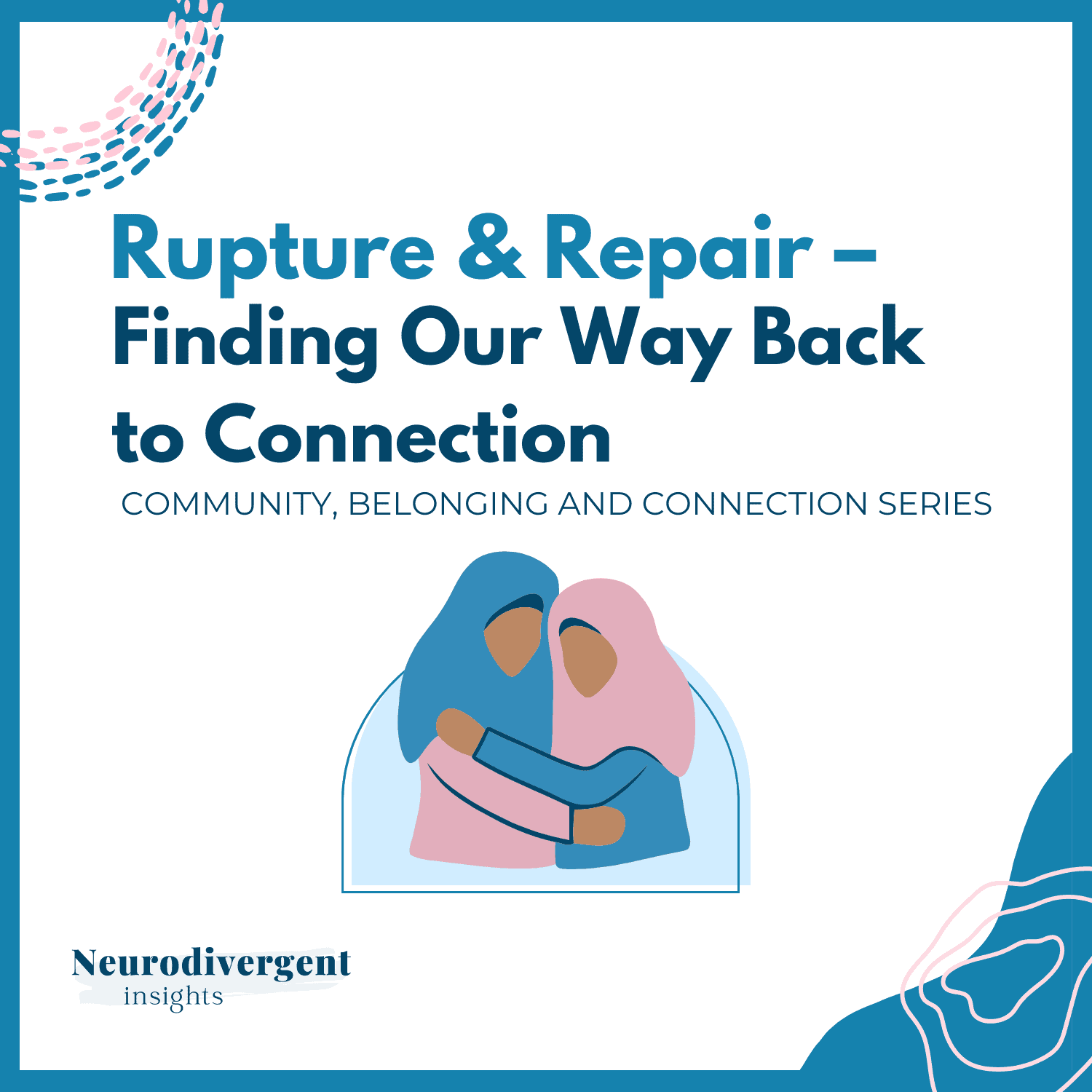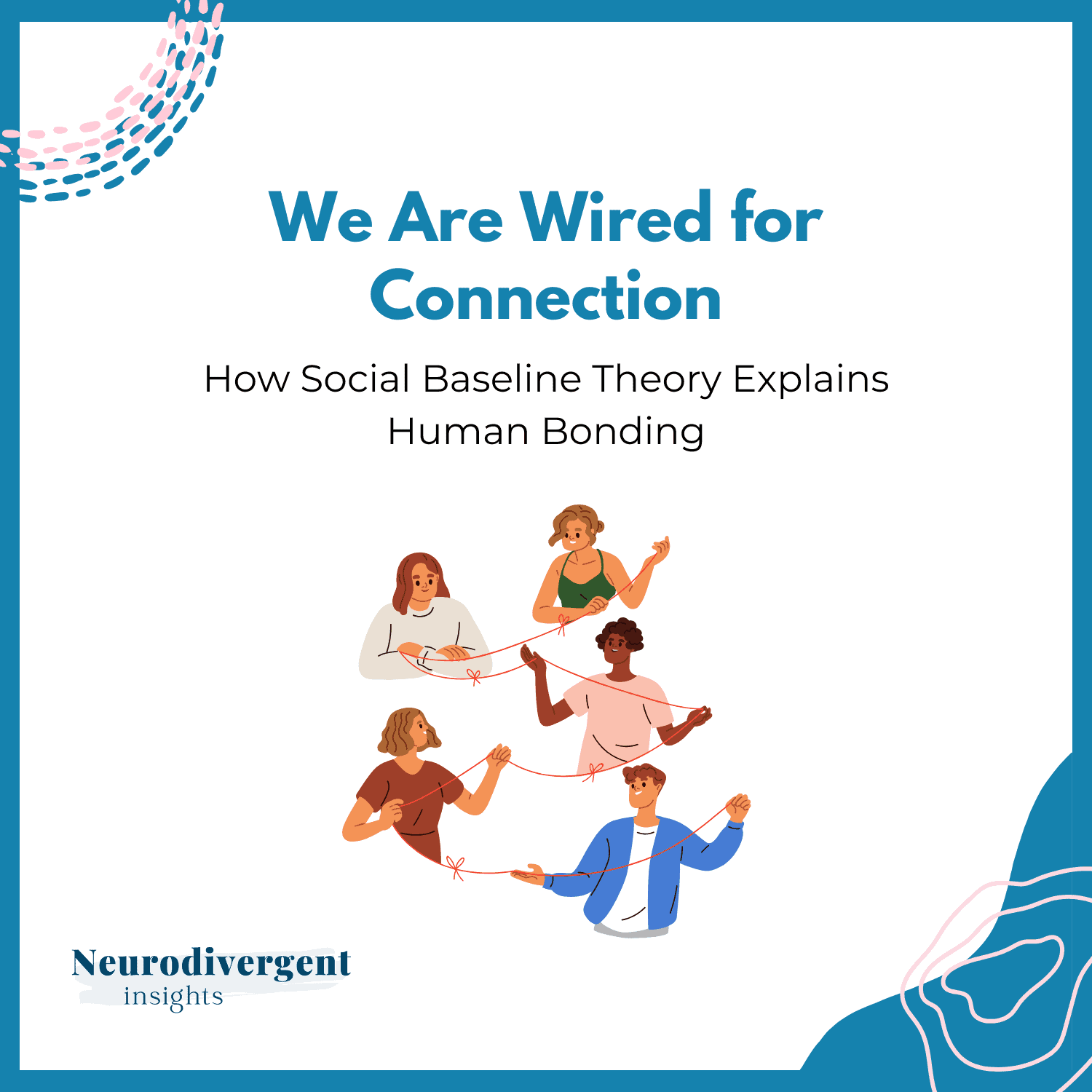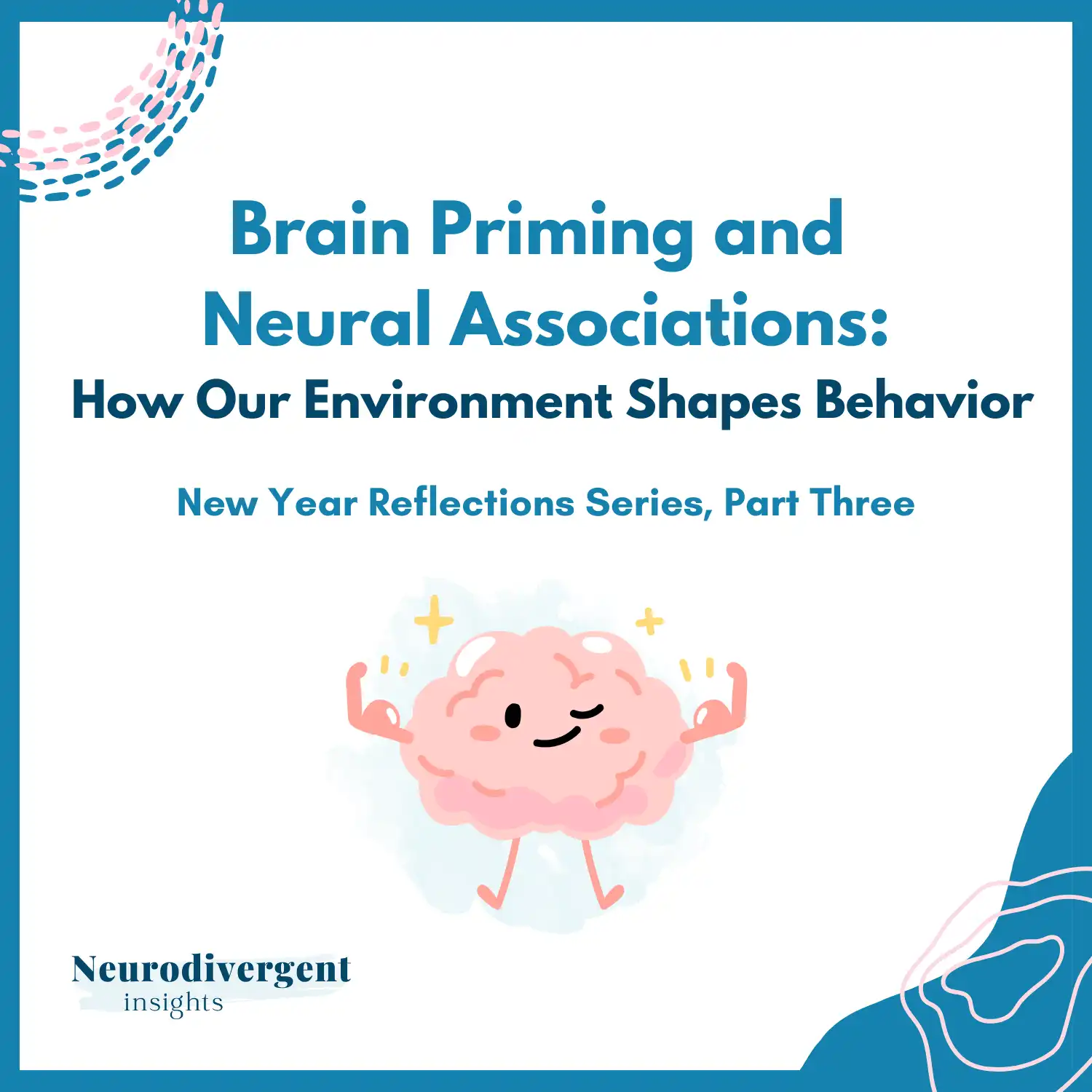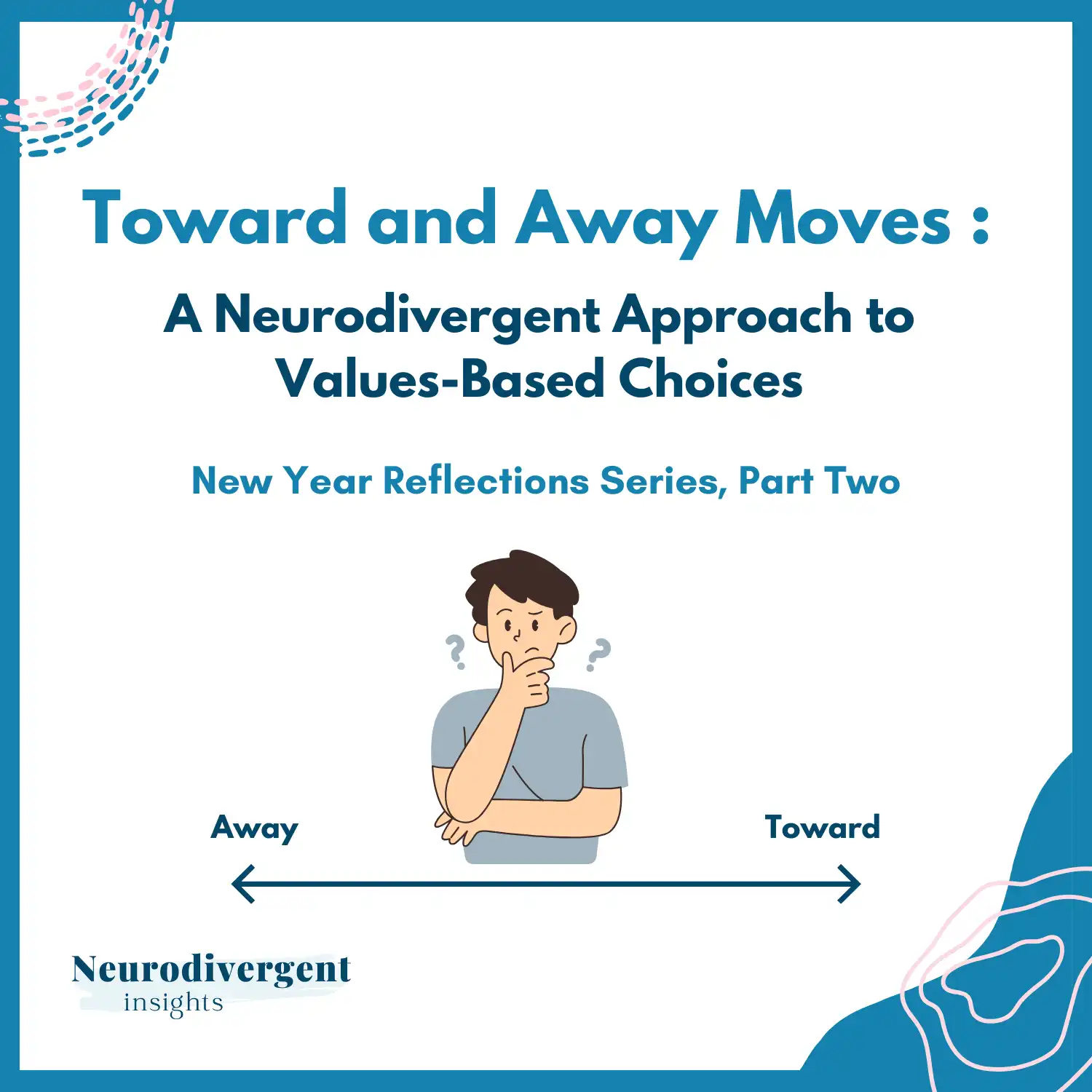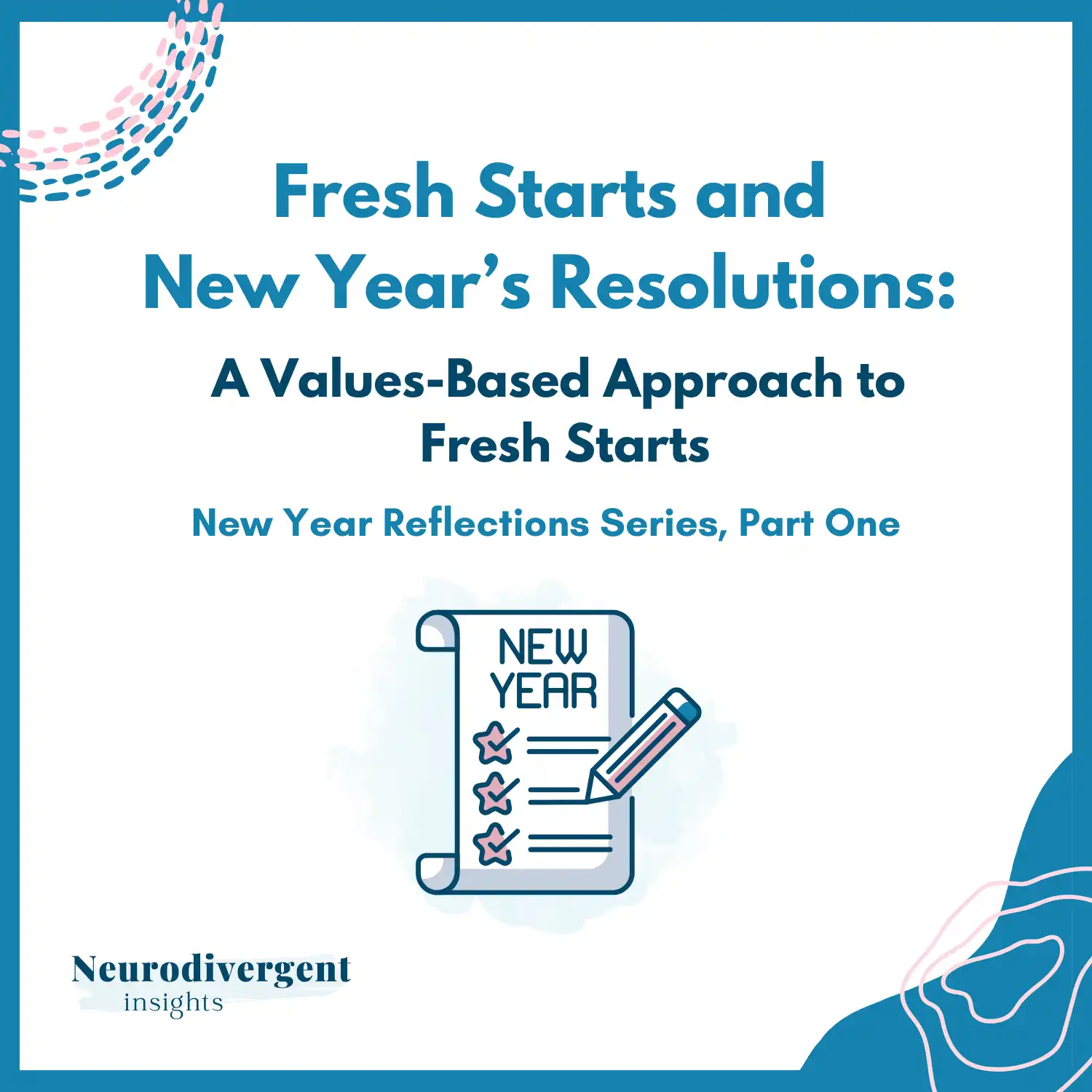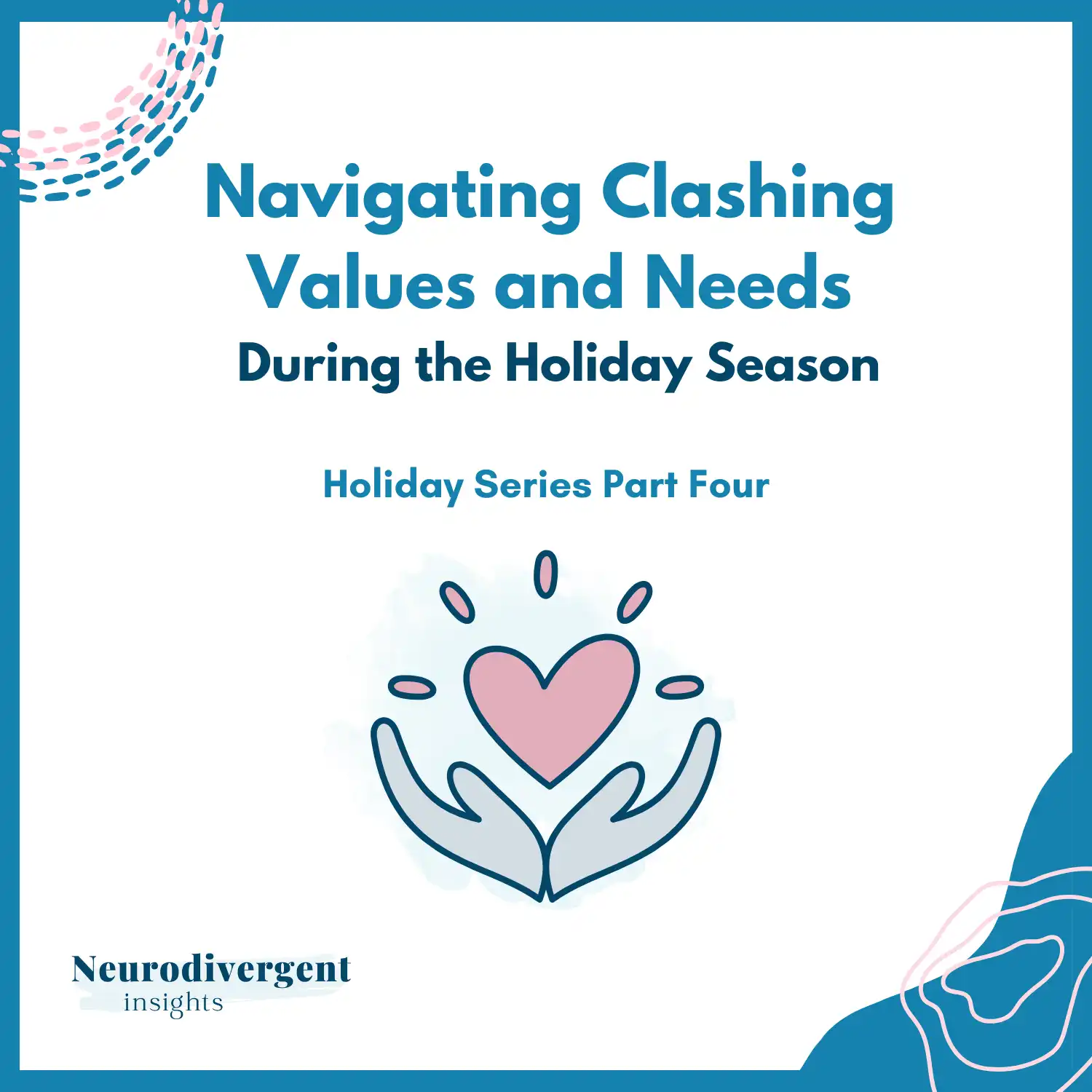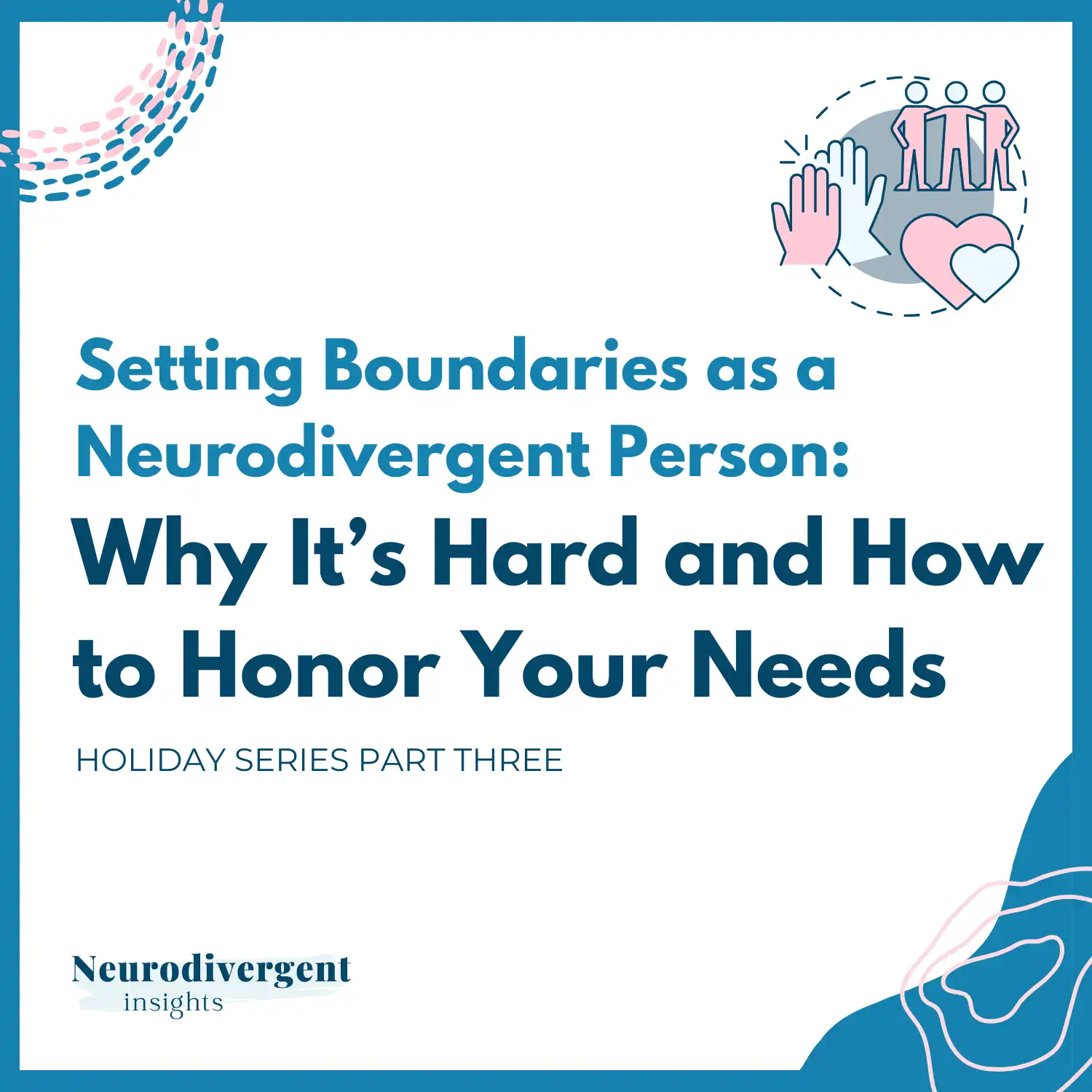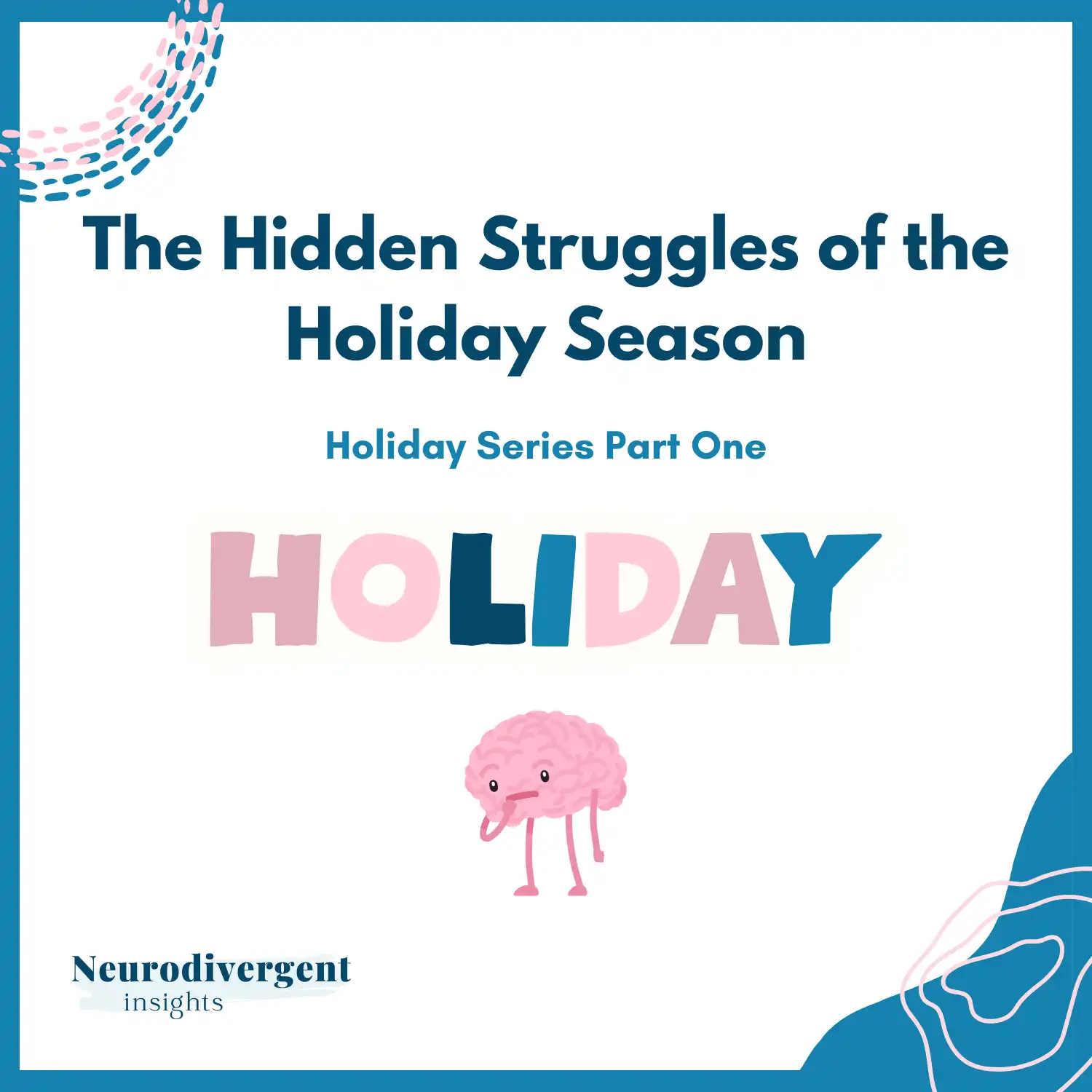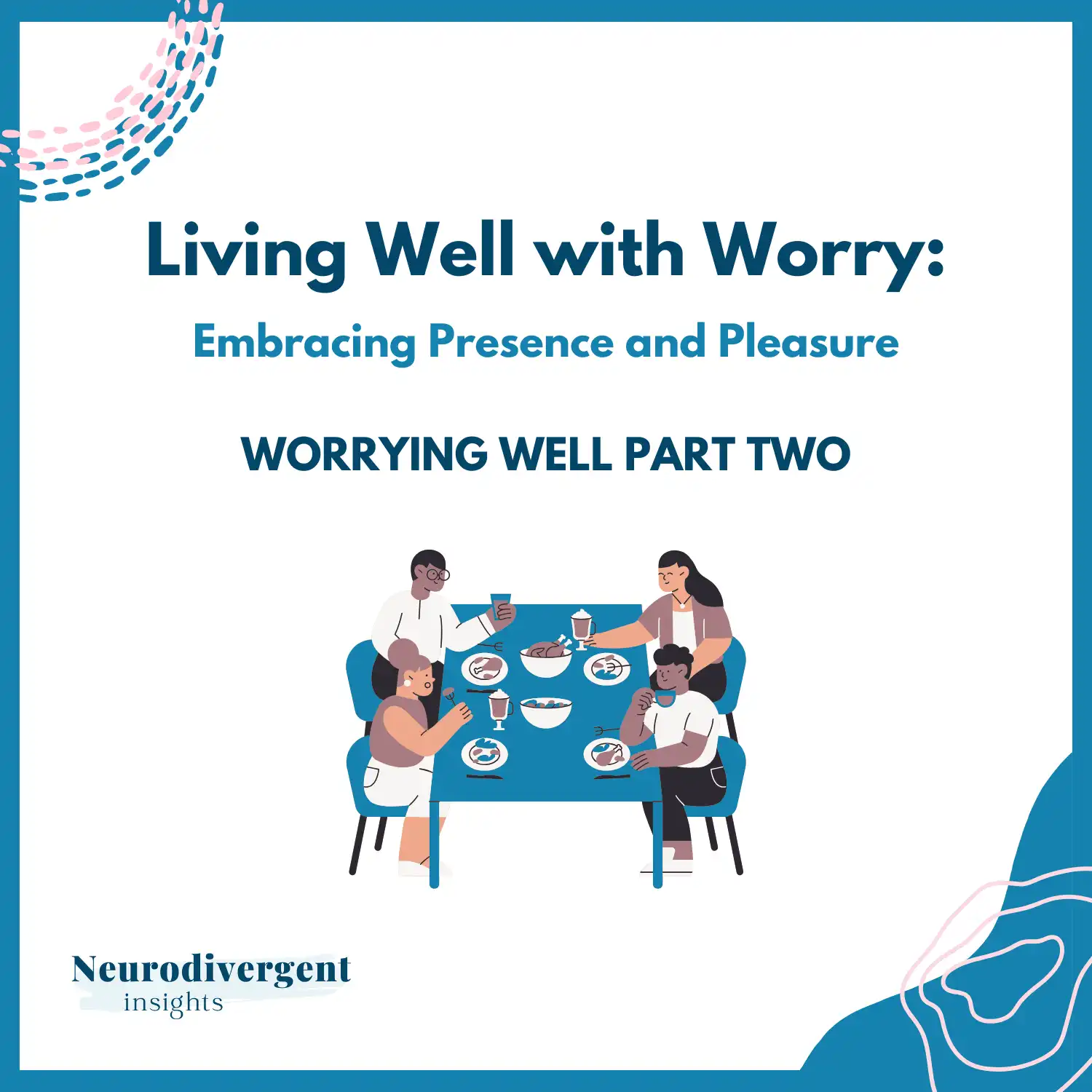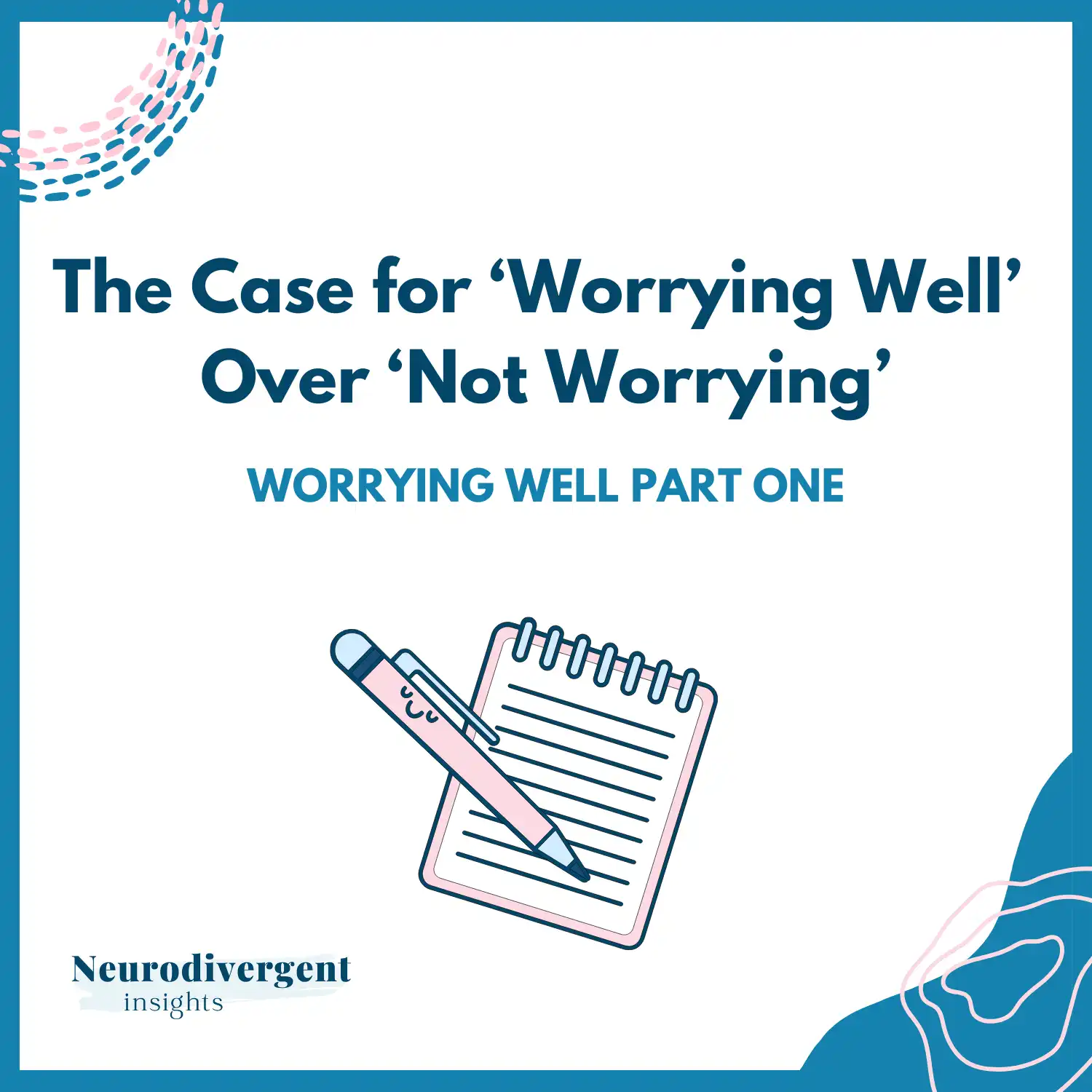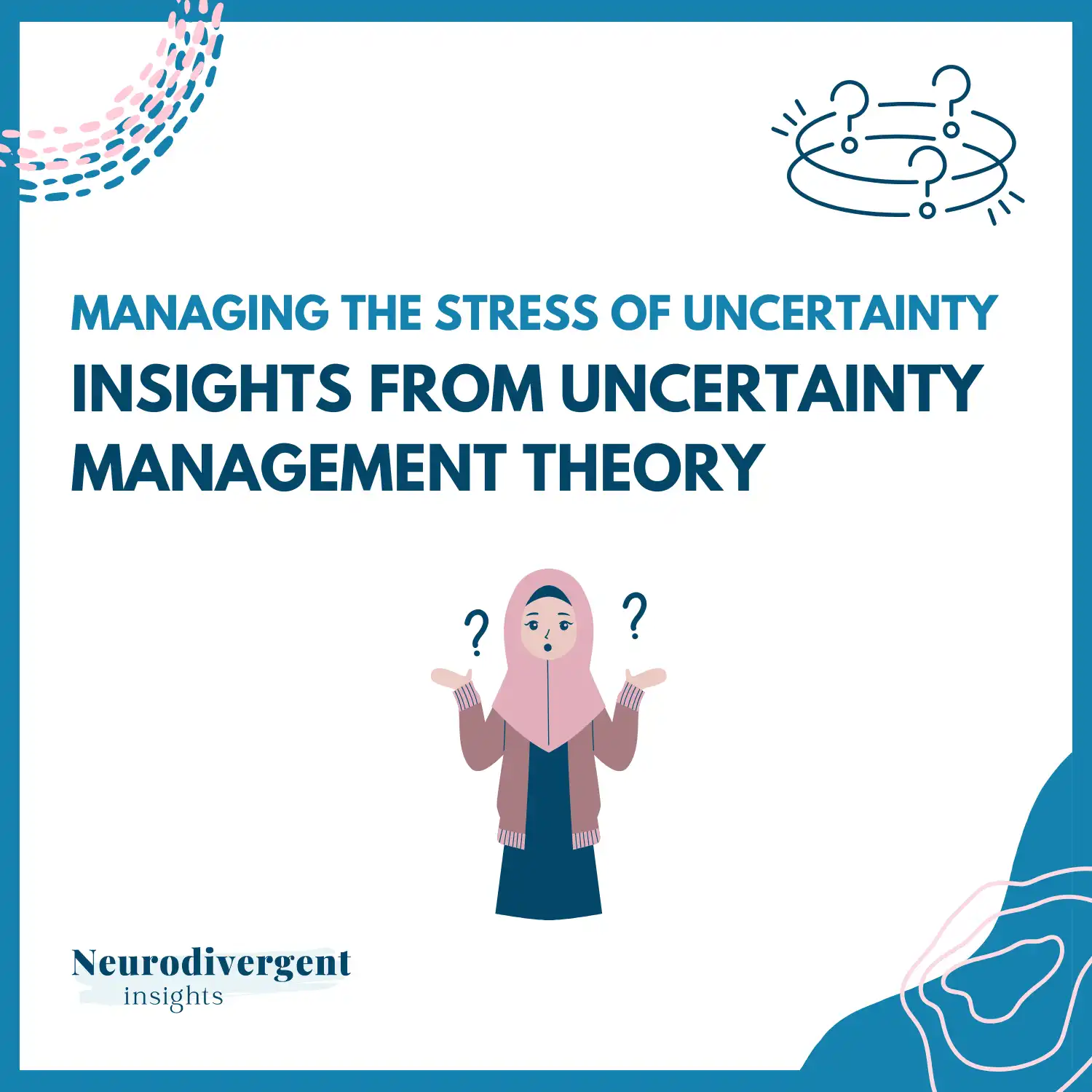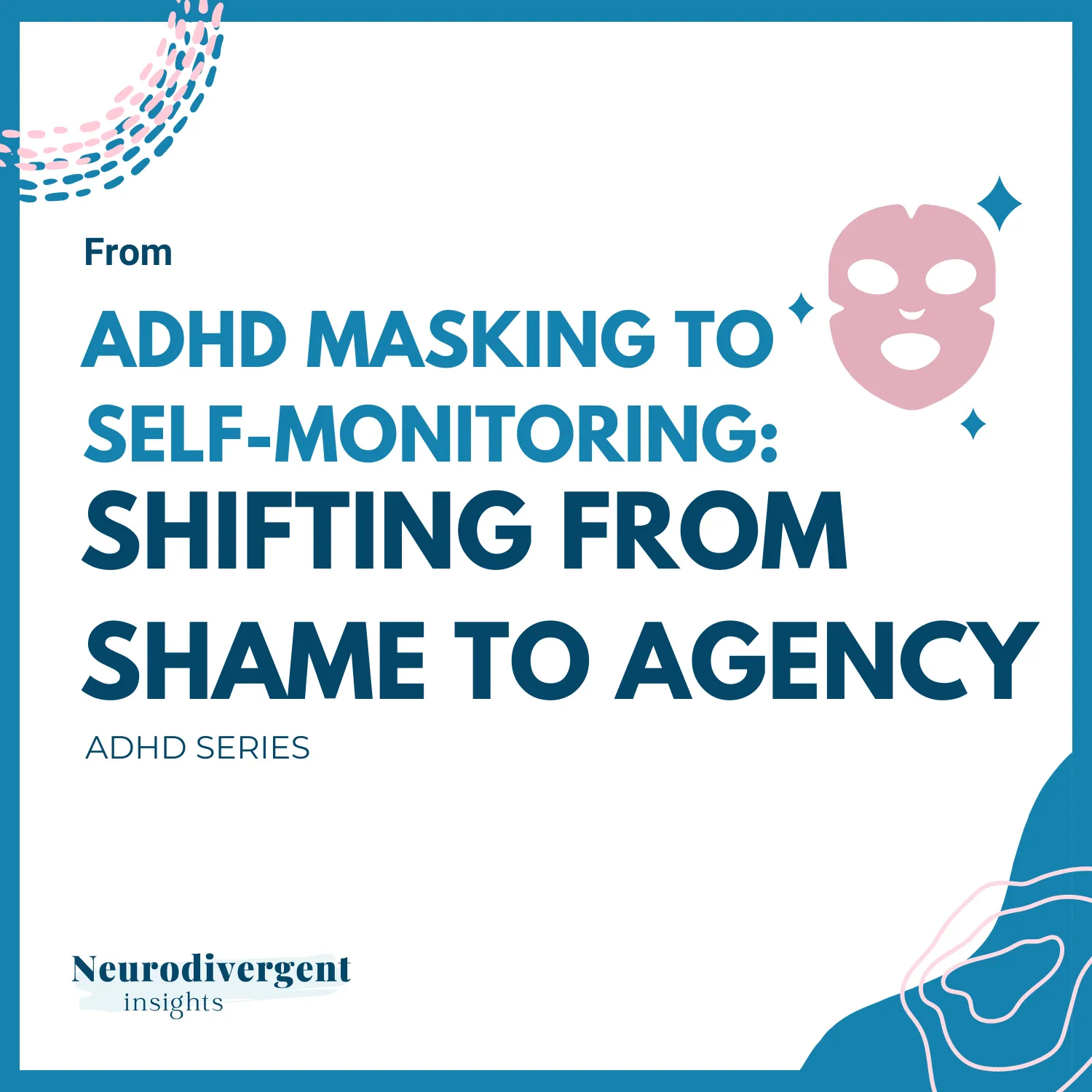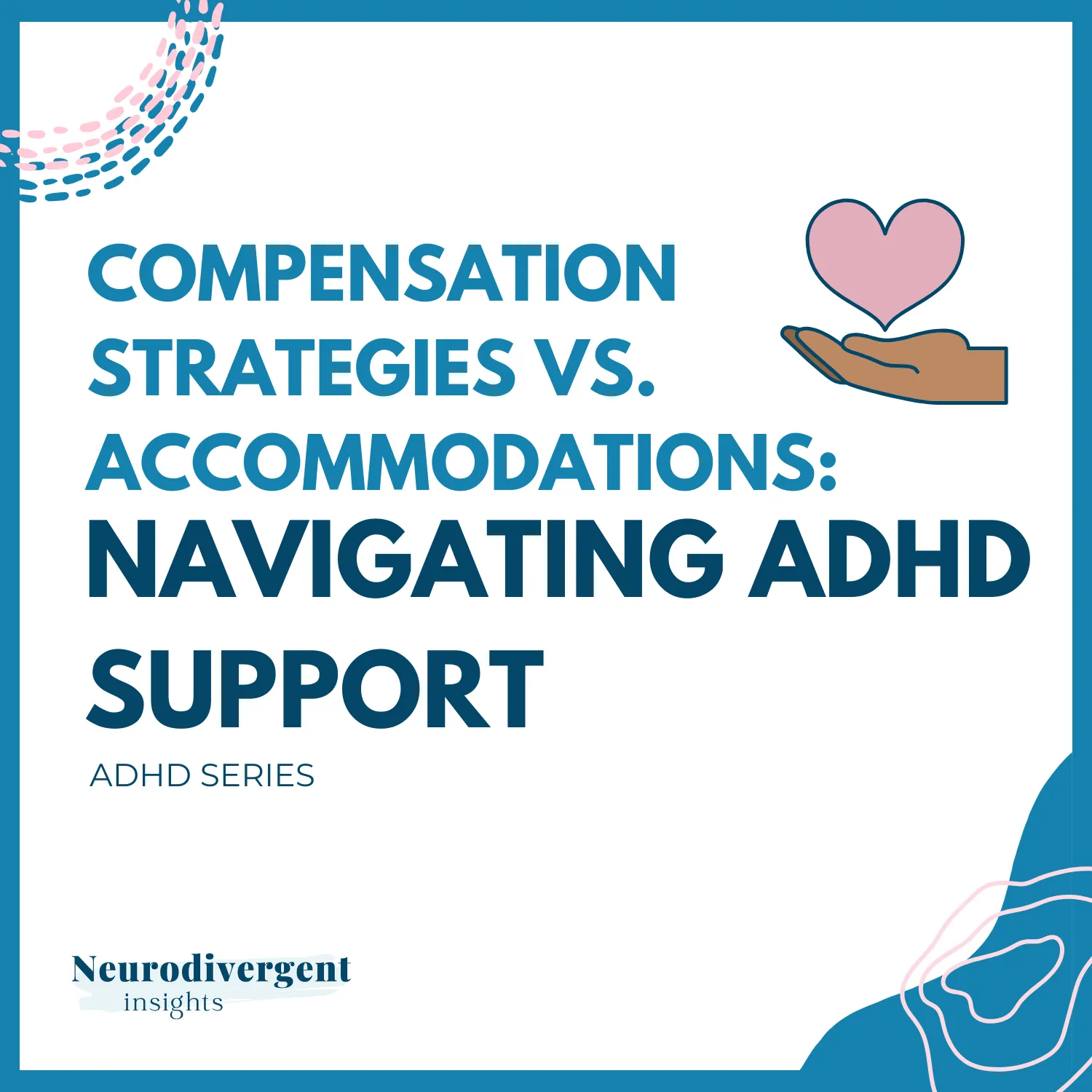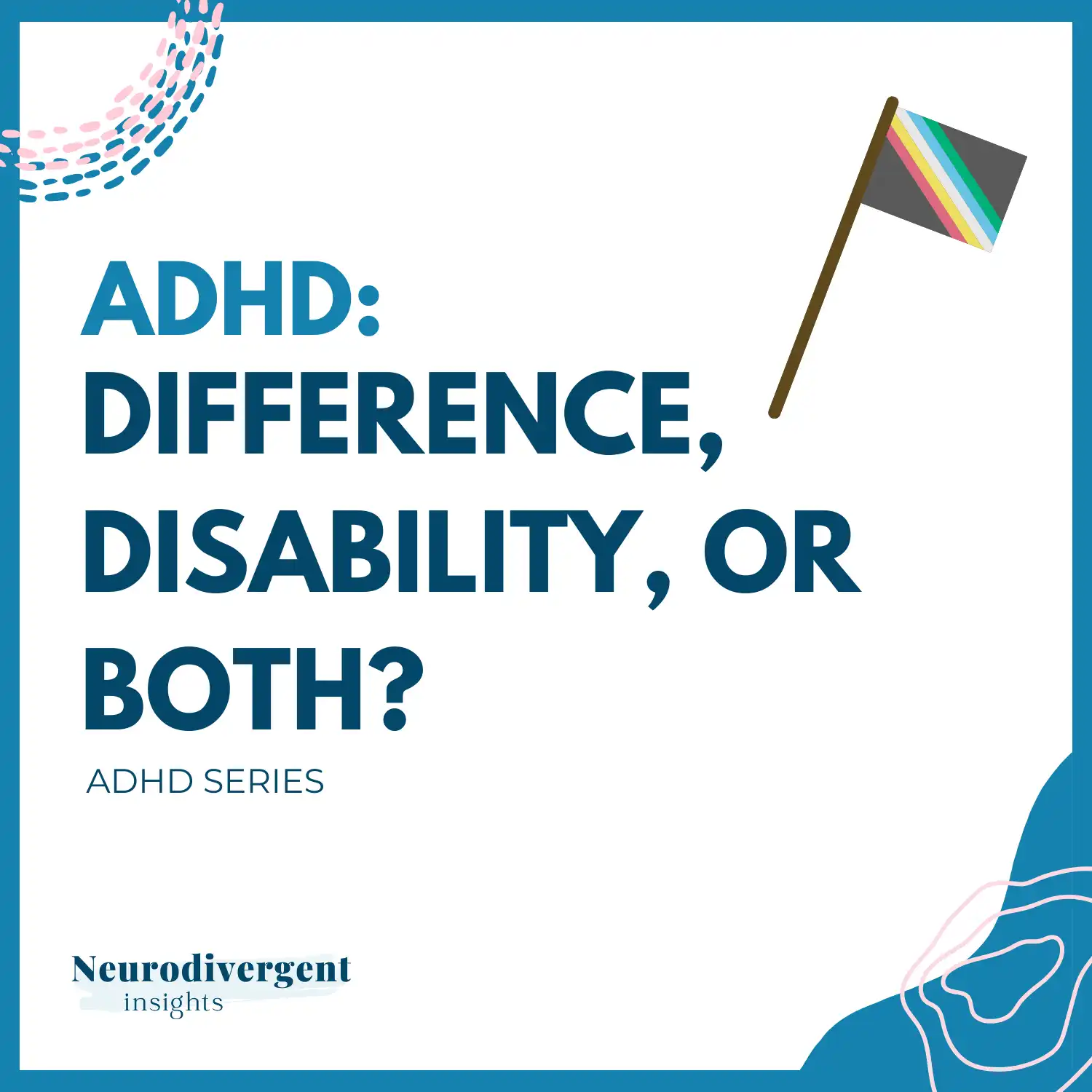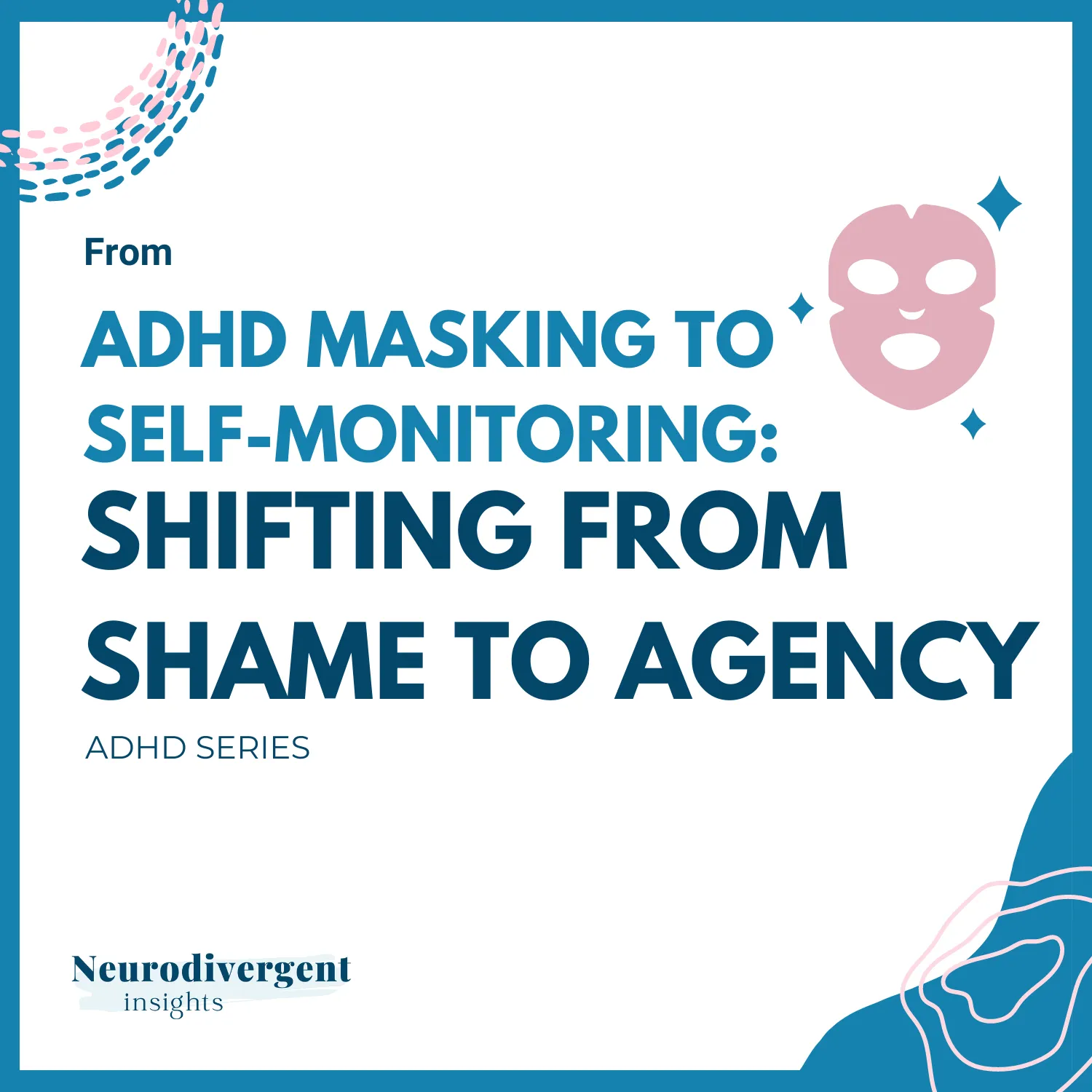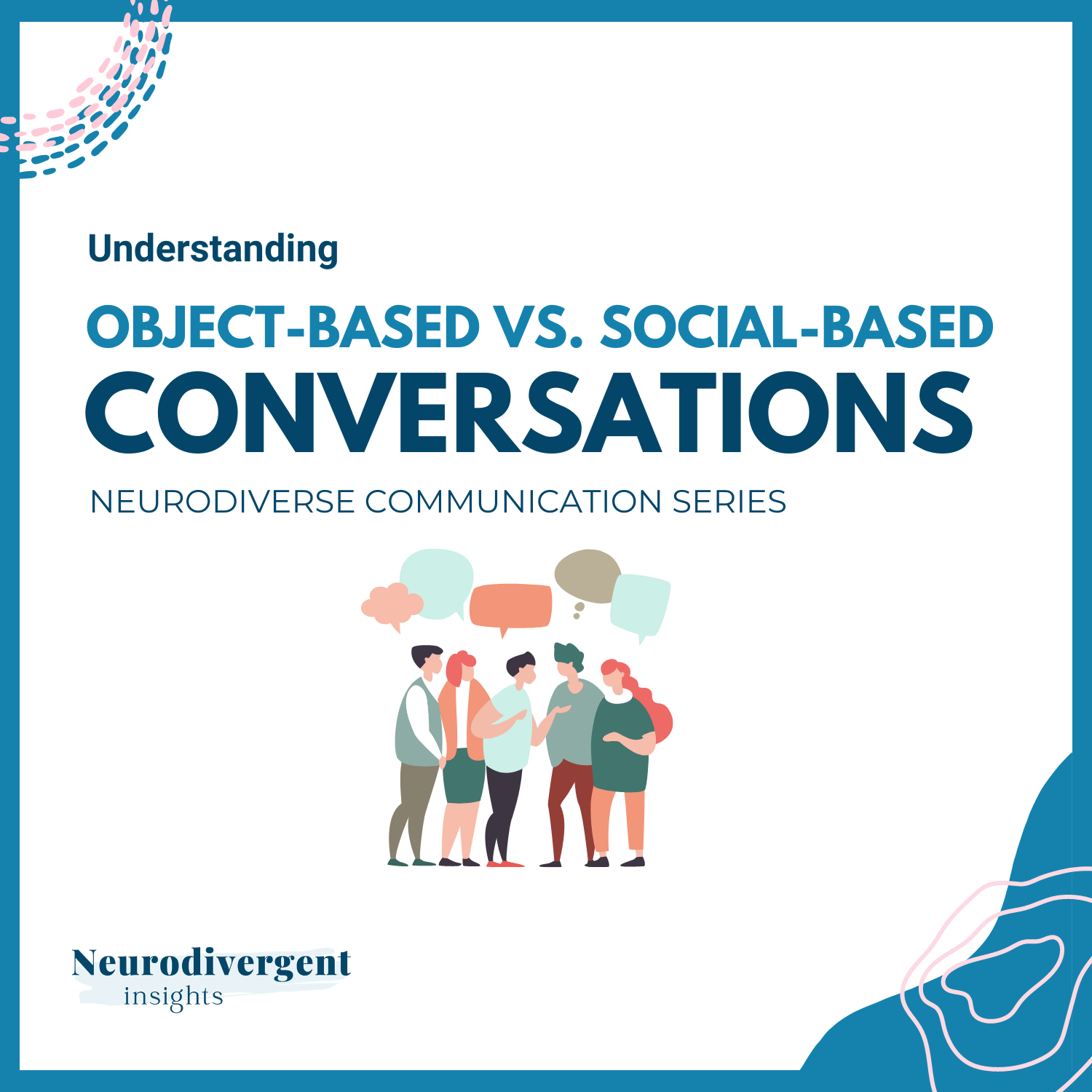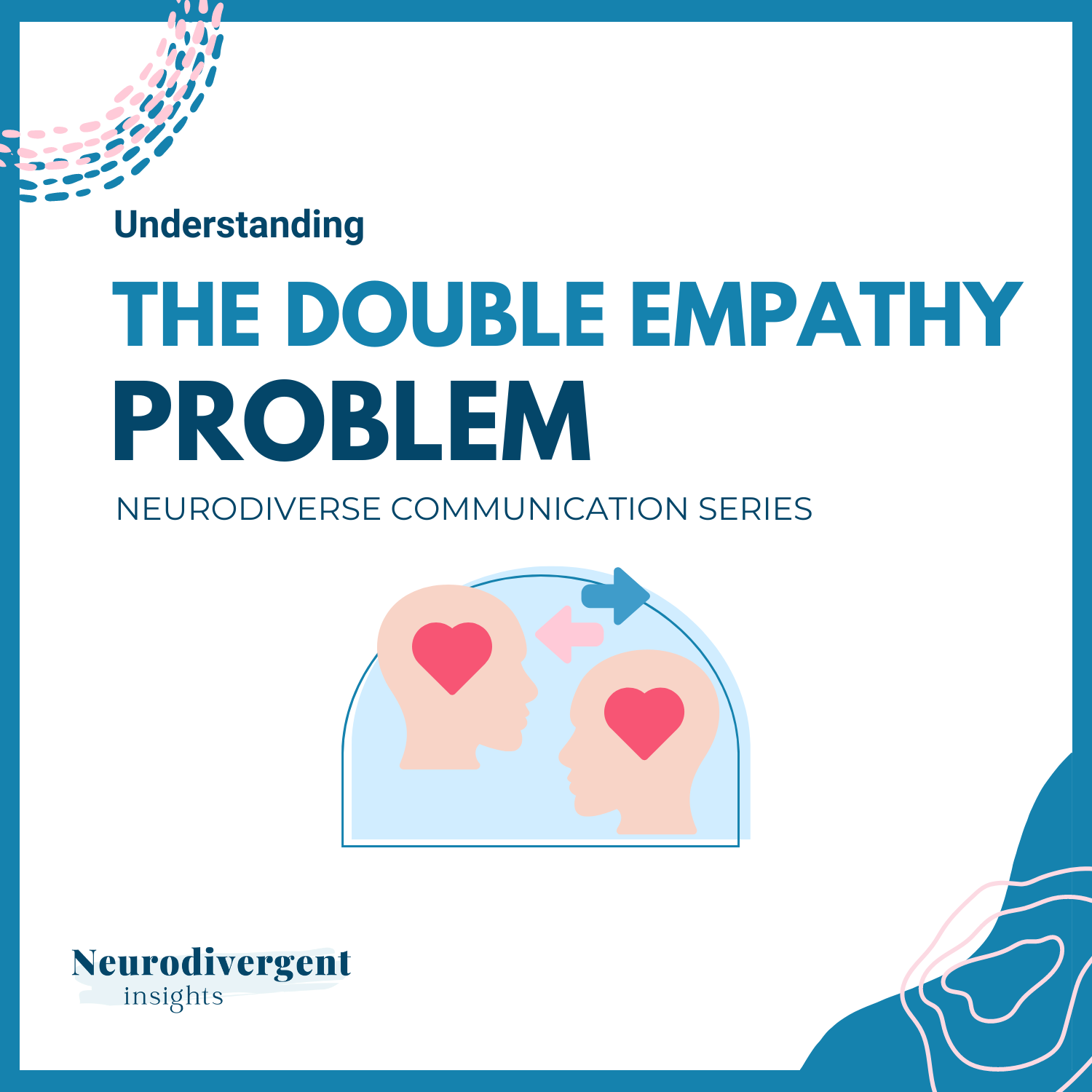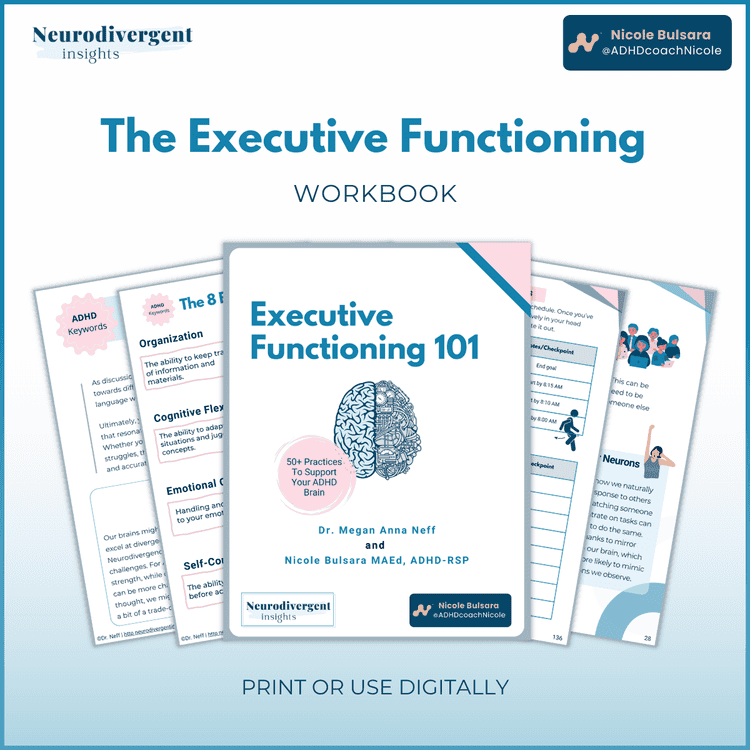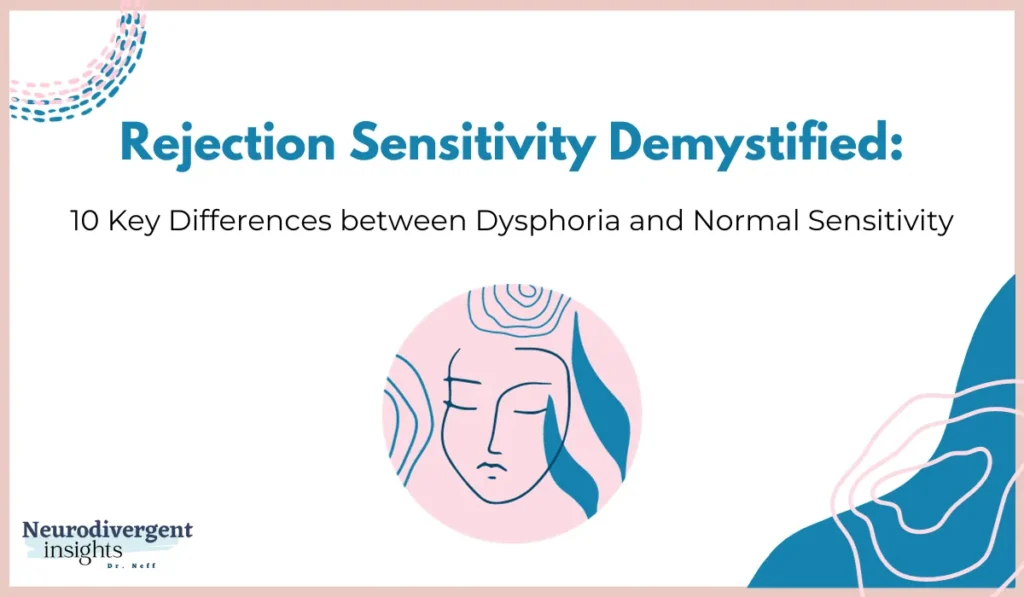
Ever heard of Rejection Sensitive Dysphoria (RSD)? It’s a bit sneaky, working behind the scenes and often catching us off guard. What makes it tricky is that it can make us question whether our reactions to perceived rejection are justified or not.
Not everyone feels rejection as intensely as those of us with RSD. It’s part of being human and even linked to our evolutionary past (check out the connection between rejection sensitivity and evolution for more). However, the insensitivity of the pain those of us with RSD experience around rejection is not a traditional part of the human experience and takes on a whole new flavor! This blog post will dig deep into RSD, uncovering what sets it apart from regular rejection sensitivity. We’ll cover:
Understanding RSD: Get to know the rollercoaster of emotions that come with Rejection Sensitivity Dysphoria, and see how it’s more than just being sensitive.
RSD vs. Regular Sensitivity: We’ll walk the tightrope that separates RSD from everyday sensitivity, exploring the subtle differences that make RSD unique.
What Is Meant By Rejection Sensitive Dysphoria (RSD)?
Think of your feelings as the vibrant colors on your personal emotional canvas. Now, picture RSD as an intense, vivid hue—a color that stirs emotions with great intensity. Rejection Sensitive Dysphoria isn’t just your average emotion; it’s more like a symphony of feelings that starts playing at even the slightest hint of rejection, whether that hint is real or imagined. While we all feel a twinge of rejection from time to time, RSD takes those feelings and cranks up the volume, intensifying them. This can lead to a surge of emotions, including shame, feelings of inadequacy, emotional rollercoasters, and a sense of instability.
RSD carries a weight that goes beyond mere words; it’s a unique experience that intricately weaves itself through our self-perception, our relationships, and our sense of self. Think of it like a thread that seamlessly connects our identity, interweaving into every aspect of our being. Just as a thread secures beads in a necklace, RSD doesn’t just concern itself with feelings—it’s about how those feelings are intricately woven into our sense of self. RSD magnifies the sensations of rejection to an intense degree, causing profound emotional distress.
What is Normal Rejection Sensitivity?
If RSD is a vibrant hue, consider Normal Rejection Sensitivity to be more muted and commonplace. Unlike RSD, Normal Rejection Sensitivity is like a neutral color on the emotional palette. It matches the intensity of the situation—for small rejections, emotions may stir briefly without causing a major upheaval. We all experience sensitivity to rejection, but the normal kind doesn’t escalate into a full-blown emotional storm. It’s more like a minor ripple on the surface, and while it can sting, it doesn’t completely take over our emotional landscape. (Note: In more serious cases, such as experiencing betrayal from a close relationship, the response matches the significance of the event. The key difference is that the reaction remains in proportion to the trigger.)
What are the main differences between rejection sensitivity and rejection-sensitive dysphoria?
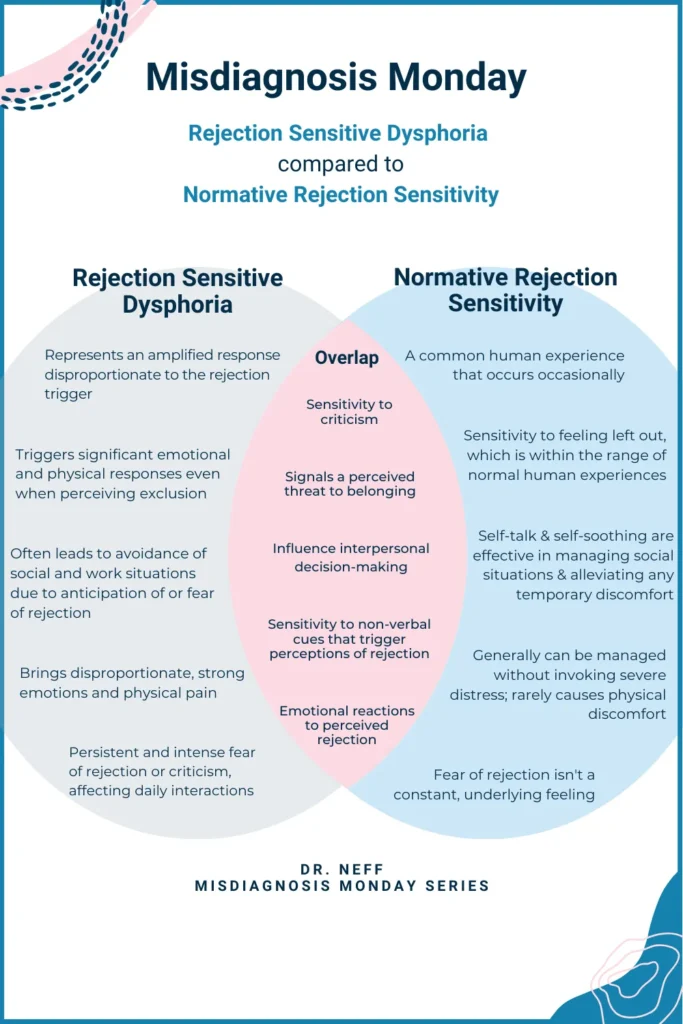
Normal Rejection Sensitivity:10 Traits
Proportionate Emotional Response: Demonstrates an emotional reaction that corresponds to the level of rejection experienced; the intensity of pain matches the degree of the rejection.
Managing Minor Rejections: Effectively handles minor rejections without allowing them to escalate into overwhelming emotional distress.
Balanced Emotional Landscape: Does not overshadow or dominate other emotional experiences; maintains a well-rounded emotional spectrum.
Limited Perception of Rejection: Doesn’t perceive rejection ubiquitously; the brain is not wired to interpret every situation as rejection, leading to fewer instances of perceiving rejection compared to individuals with RSD.
Momentary Reactions: Reacts fleetingly to perceived rejection; these reactions typically subside relatively quickly and don’t persist extensively.
Manageability without Severe Distress: Manages situations of rejection without invoking severe emotional distress or causing significant physical discomfort.
Effective Self-Regulation: The ability to utilize self-talk and self-soothing techniques efficiently to navigate social situations and alleviate temporary discomfort associated with rejection.
Normal Human Experience: Part of common human experience, occurring periodically, is a normal reaction to interpersonal situations.
Sensitivity to Feeling Left Out: Experiences sensitivity to feeling excluded, which falls within the range of normal human emotions and interactions.
Intermittent Fear of Rejection: Fear of rejection is not a constant, underlying emotion; it arises in specific situations rather than being a persistent state.
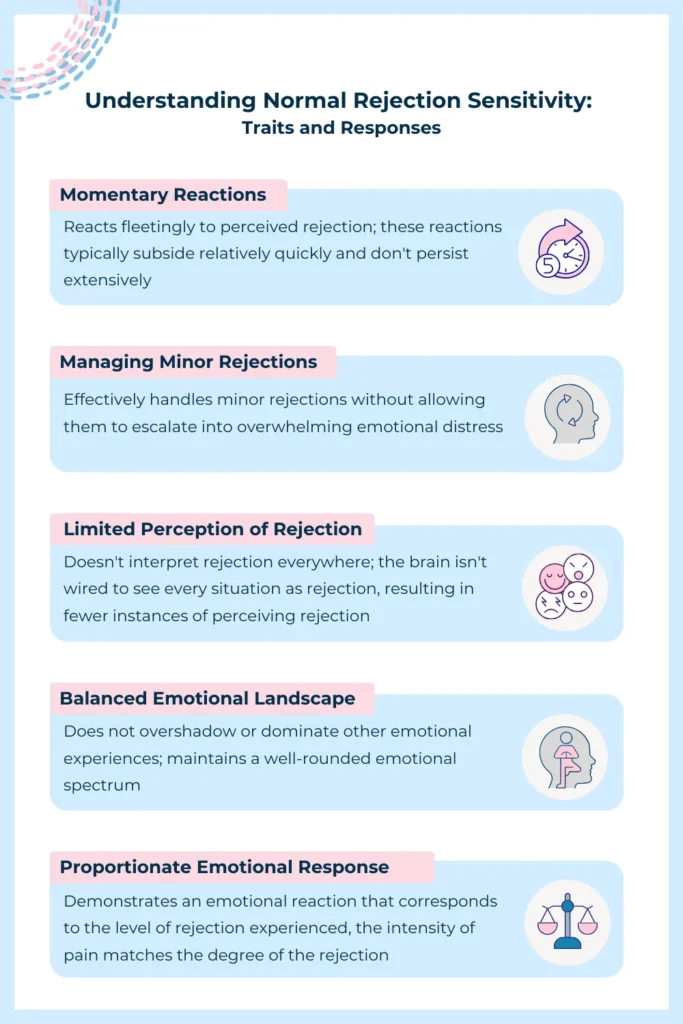
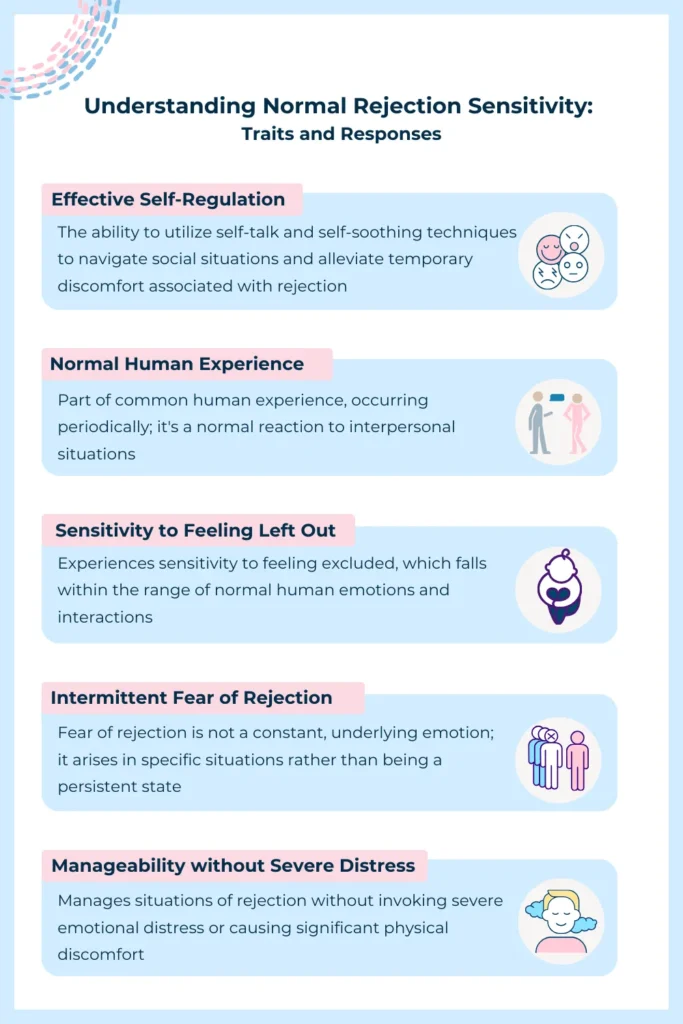
Rejection Sensitivity Dysphoria (RSD):10 Traits and Responses
Intense Emotional Reaction to Rejection: Experiences significantly heightened emotional responses in reaction to rejection.
Persistent and Lasting Impact: Emotions tend to linger well beyond the triggering event, influencing daily experiences and interactions.
Rapid Escalation of Overwhelming Emotions: Emotions escalate swiftly and can become overpowering when faced with rejection.
Influence on Decision-Making: The fear of potential rejection can influence decision-making processes, impacting choices
Sensitivity to Subtle Cues: Experiences an acute sensitivity to even subtle cues of potential rejection, leading to anticipatory emotional responses.
Social Withdrawal as a Coping Mechanism: Might resort to social withdrawal as a way to reduce the likelihood of facing rejection, affecting relationships and interactions.
Dominance of Heightened Emotions: Emotional responses are notably intense and might overpower other emotional experiences.
Extended Emotional Turbulence: Emotional turbulence due to RSD’s intensity can persist, resulting in periods of heightened emotional turmoil.
Challenges in Emotional Regulation: Difficulties in managing and regulating emotions due to the distinctive intensity of RSD.
Impact on Daily Functioning: RSD’s emotional impact can affect various aspects of daily life, including relationships, work, and overall well-being.
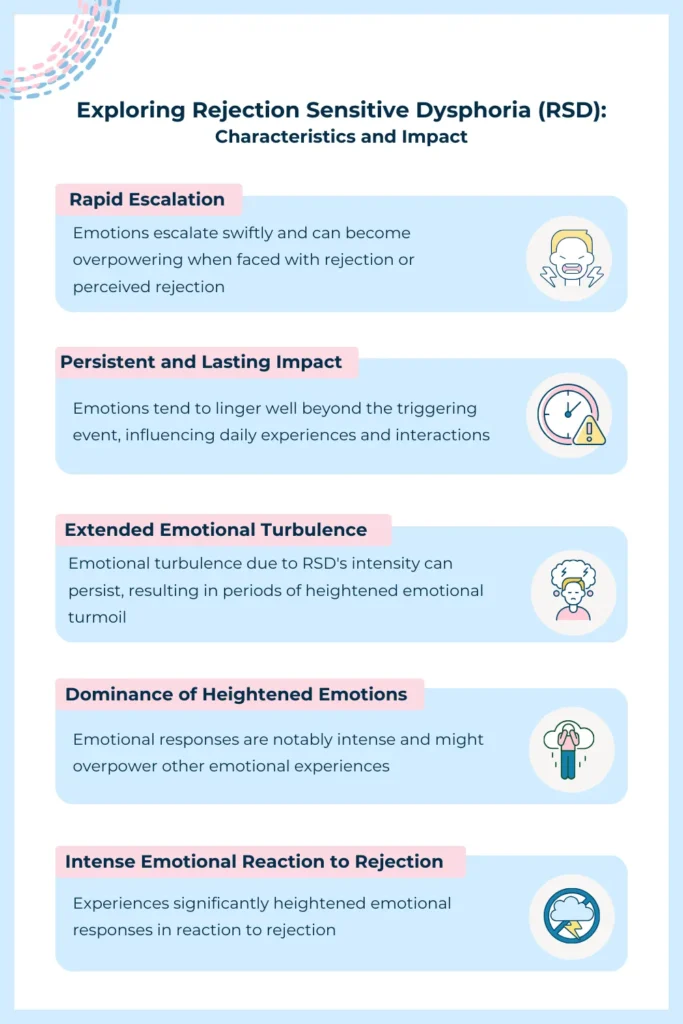
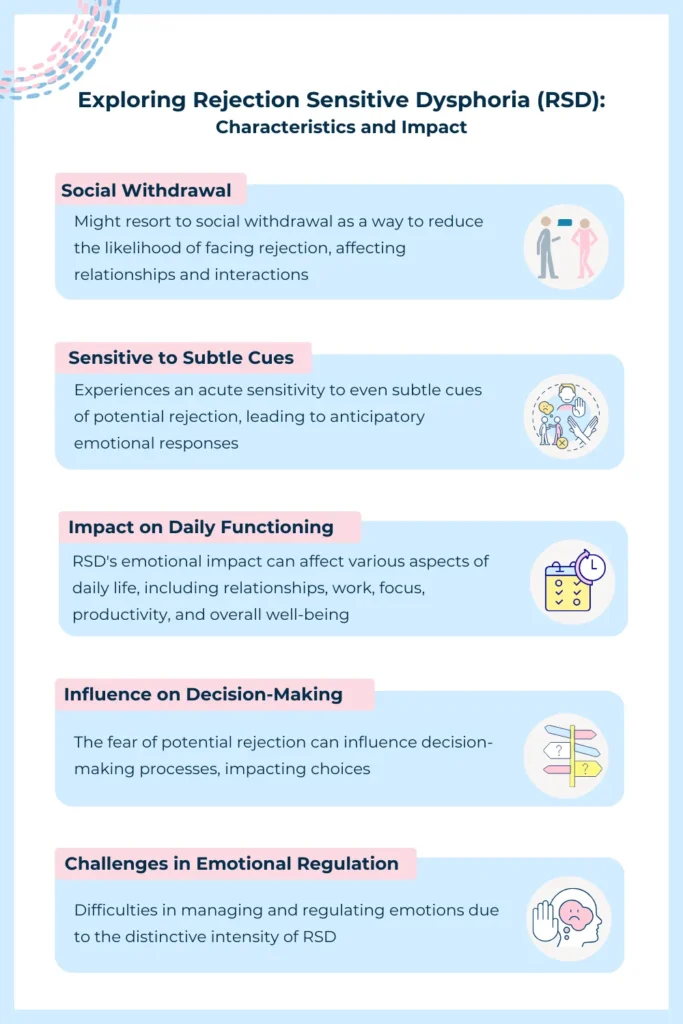
10 Key Differences Between RSD and Normative Sensitivity
Proportionate Emotional Response: In RSD, emotional pain is intense and often disproportionate to the level of rejection, while in normative sensitivity, the emotional response aligns with the perceived impact.
Persistent Fear of Rejection: In RSD, there is a consistent baseline preoccupation with being rejected or criticized, compared to the occasional concerns in normative sensitivity.
Intense Mood Swings: RSD: With RSD, it is common to experience swift and dramatic mood shifts due to perceived rejection, whereas normative sensitivity might lead to mild mood fluctuations.
Amplified Emotional Impact: People with RSD experience amplified emotions in response to rejection, whereas normative sensitivity results in more balanced emotional reactions.
Chronic Negative Self-Perception: People with RSD often have chronic negative self-perception characterized by frequent feelings of worthlessness and shame versus sporadic self-doubt in normative sensitivity.
Avoidance Behavior: Many people with RSD cope by avoiding situations where rejection is possible, contrasting with occasional cautiousness in normative sensitivity.
Heightened Response to Criticism: People with RSD experience a heightened response to criticism. Constructive criticism leads to substantial emotional distress, while normative sensitivity enables more moderate responses.
Strained Relationships: The intense emotional reactions associated with RSD can impact relationships, as opposed to normative sensitivity’s milder effects on social interactions.
Impact on Daily Functioning: RSD can significantly interfere with various aspects of daily life, such as focus and productivity, compared to minor disruptions in normative sensitivity.
Perception of Rejection Magnified: In the context of RSD, even the perception of rejection triggers an extreme response. The person with RSD has “rejection sunglasses” on, meaning they are more prone to perceive rejection even when it is objectively not happening! Whereas normative sensitivity’s reaction is within a normative range of emotions.
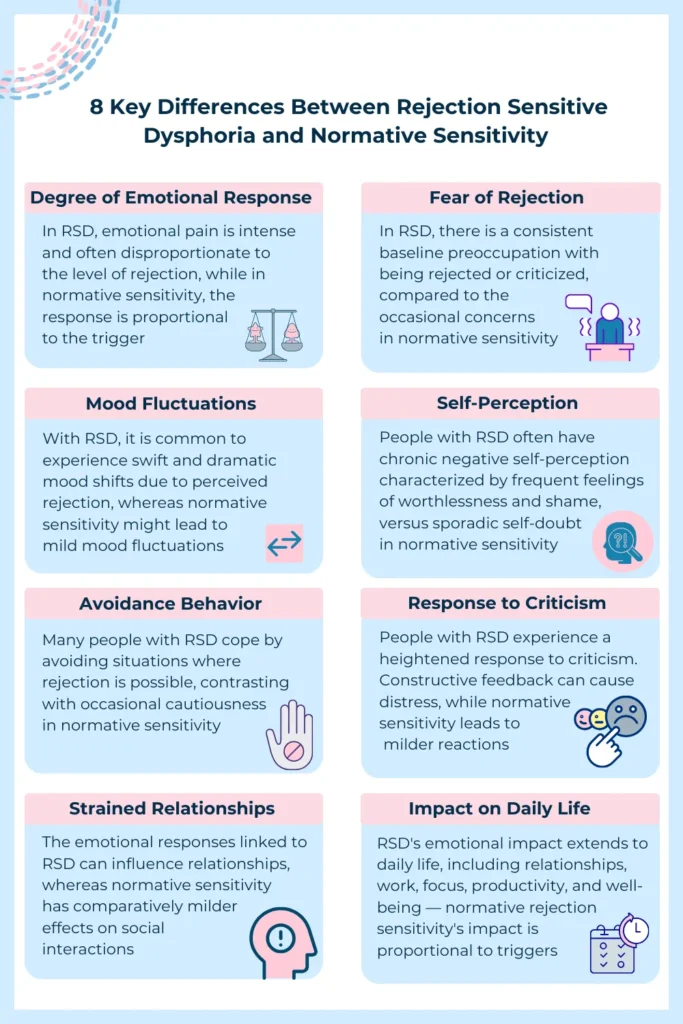
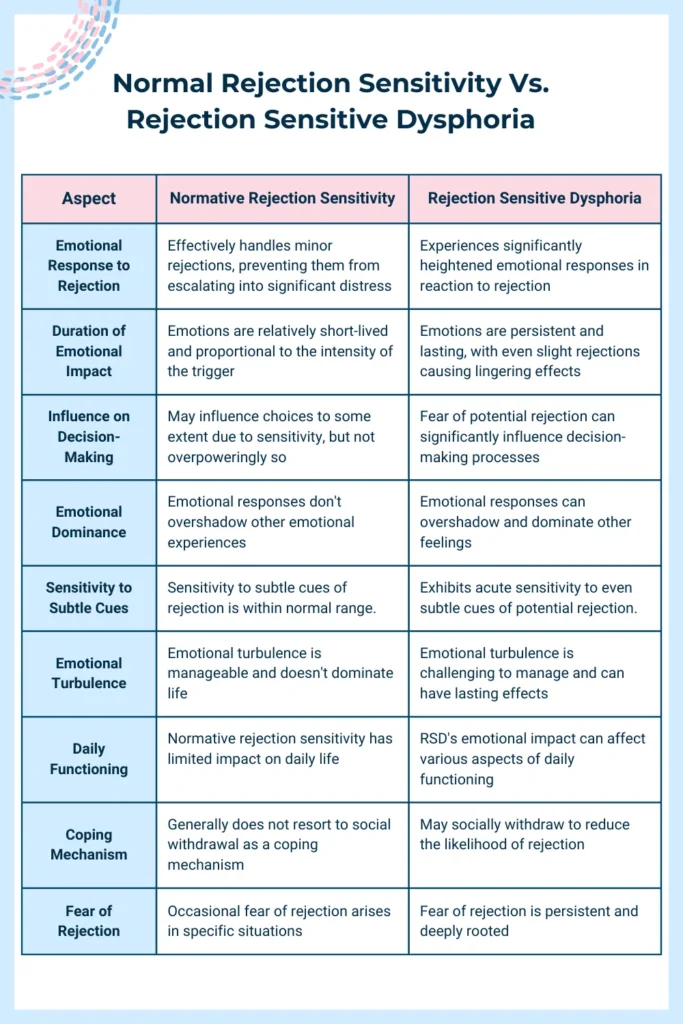
Conclusion
This exploration into Rejection Sensitivity Dysphoria (RSD) and its contrast with normative sensitivity has shed light on the intricate shades of emotional experience. RSD isn’t just a concept; it’s a vivid hue that intensifies our reactions to rejection, sometimes to an overwhelming extent. On the flip side, normative sensitivity offers a milder response to the ups and downs of rejection, a ripple rather than a storm.
Understanding these differences is a key step toward self-awareness and emotional and relational well-being. Recognizing when our emotional response aligns with normative sensitivity and when it ventures into the territory of RSD empowers us to navigate social interactions with greater clarity and resilience. Remember, while these distinctions offer insights, seeking professional guidance and support is essential for a comprehensive understanding of your emotional experiences and tailored strategies to manage them effectively. Through this journey of understanding, you can embrace your emotions, whether vibrant or subtle and weave them into the tapestry of your unique and evolving self

